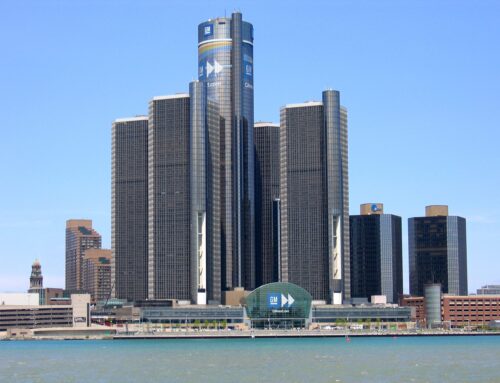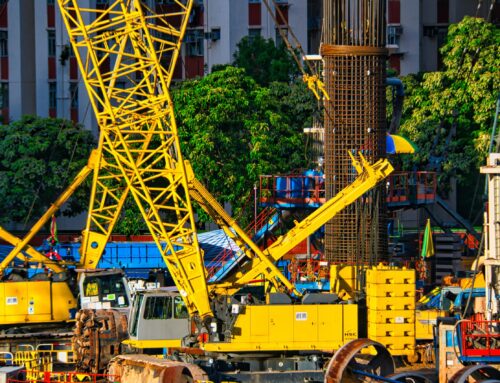Description and Details
The I‑375 in eastern downtown Detroit will be reimagined with new funding availability after the freeway has negatively impacted minority communities since its opening in 1964. The freeway was built in the 1950s and 1960s to aid suburban commuters. Its construction destroyed Black Bottom and Paradise Valley residential and commercial districts that were predominantly black communities. This resulted in a displacement of over 130,000 people and hundreds of local businesses lost. Over the decades, local leaders have advocated for changes to the infrastructure that would better serve the community. In 2013, a proposal led by the Michigan Department of Transportation and the City of Detroit was created to change the I‑375 from a sunken freeway to a lower-speed boulevard at street level.
The I‑375 proposal, approved by the Federal Highway Administration, will replace the mile-long connector between the I‑75 and Jefferson Avenue with a six-lane boulevard that aims to support community enjoyment. By raising the current roadway by 20 feet, the freeway will integrate with existing streets and allow for urban renewal. Safety will be improved with wider sidewalks, improved bike lanes, traffic smart technologies, and LED lighting. The boulevard will change to four lanes from Jefferson to Atwater, with additional traffic changes aiming to increase safety and improve navigation. In addition to these changes, the I‑375 will be removed from the Interstate System of Highways. The boulevard will aim to support local businesses and residences with the potential for excess property for new growth. Current funding sources for the project include a $104.6 million grant from the U.S. Department of Transportation Infrastructure for Rebuilding America Program. This grant is among the $1.5 billion towards 26 similar projects and part of the $1 trillion funding of the bipartisan infrastructure bill. The project is estimated to cost $300 million, with construction aiming to begin in 2025. The project is still not fully funded.
While this project aims to spur economic development, provide generational wealth, and heal a disrupted community, there are concerns if the right changes will occur to address the historical impacts on the community. One concern is noise pollution which was found to not decrease with proposed changes to the I‑375. This has prompted concerns if other issues will be effectively addressed, like air pollution and equity. The City of Detroit has been clear that they want community input and all voices to be heard, including those not in Black Bottom and Paradise Valley, for advice on moving the city forward. This project could highlight that change is good, but it is important to be intentional in planning and analyzing if beneficial changes are being made to improve the area.
CEE subjects: Environmental Policy and Sustainable Infrastructure, Transportation Engineering
Discussion Questions
- How can we have effective urban planning to address the issues that created the need for re-imagining the I‑375 in the first place?
- What role do civil/environmental engineers play in ensuring the planning and construction process is effective? What are examples of these to consider/do?
- How can DEI be used to create opportunities for Detroit while taking the history of the area into consideration?
References
- Peer reviewed articles
- Shkembi, Abas ; Smith, Lauren M ; Neitzel, Richard L. “Linking Environmental Injustices in Detroit, MI to Institutional Racial Segregation through Historical Federal Redlining.” Journal of Exposure Science & Environmental Epidemiology, United States, doi:10.1038/s41370-022–00512‑y.
- Popular media/news references


Leave A Comment